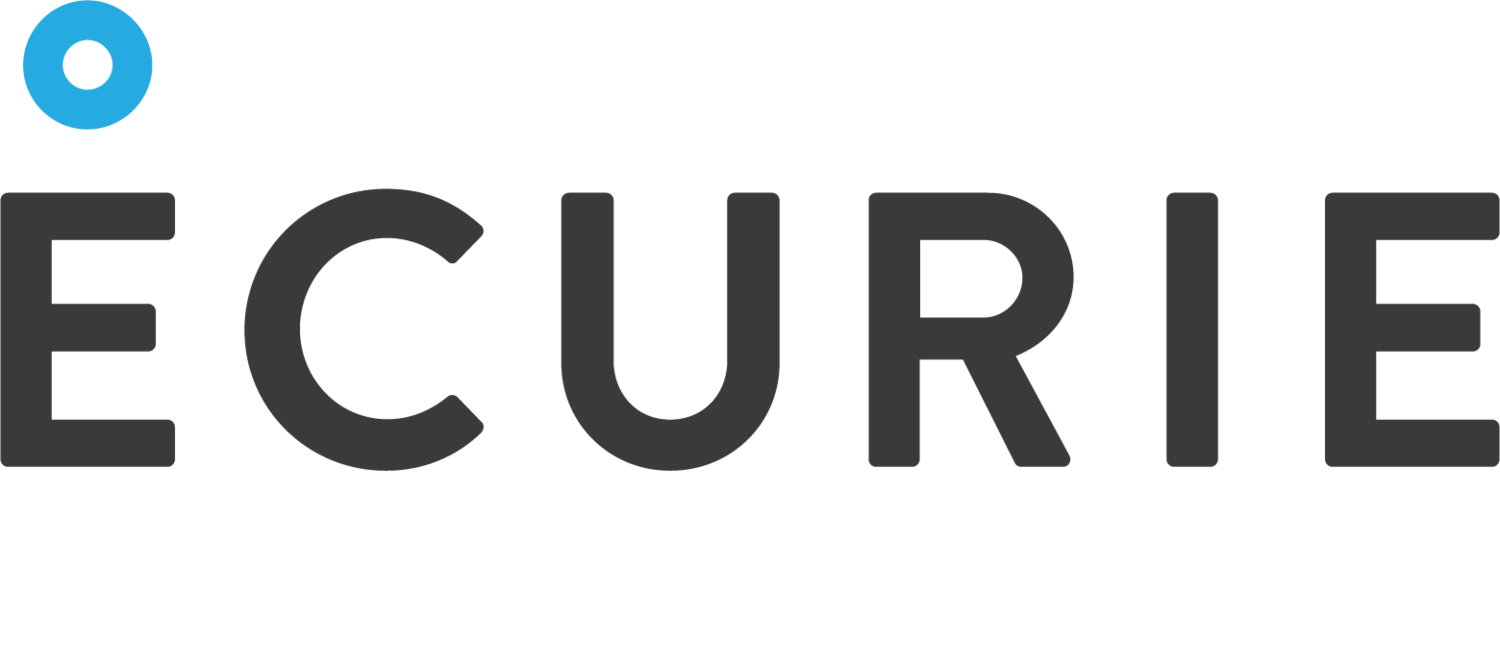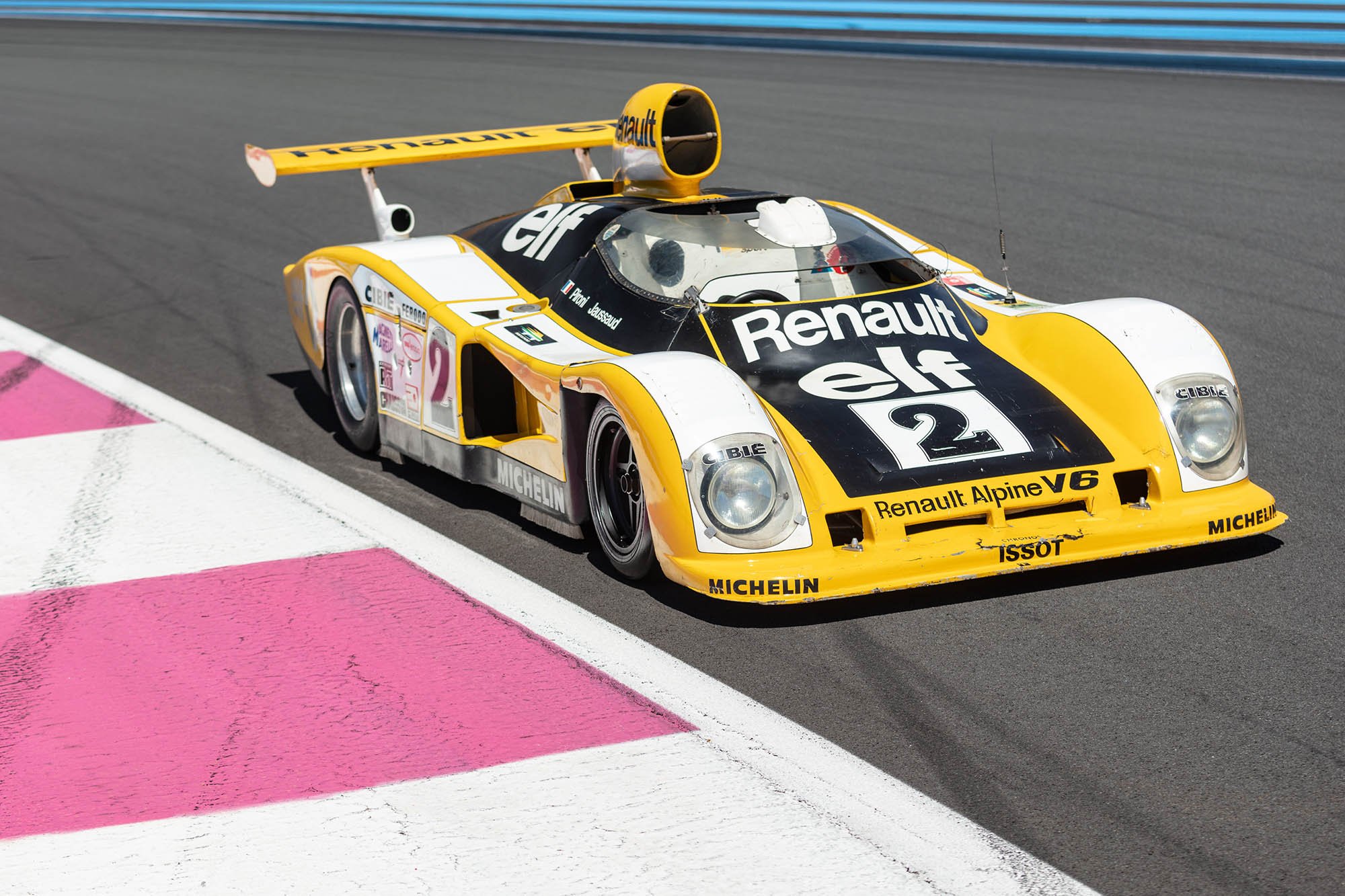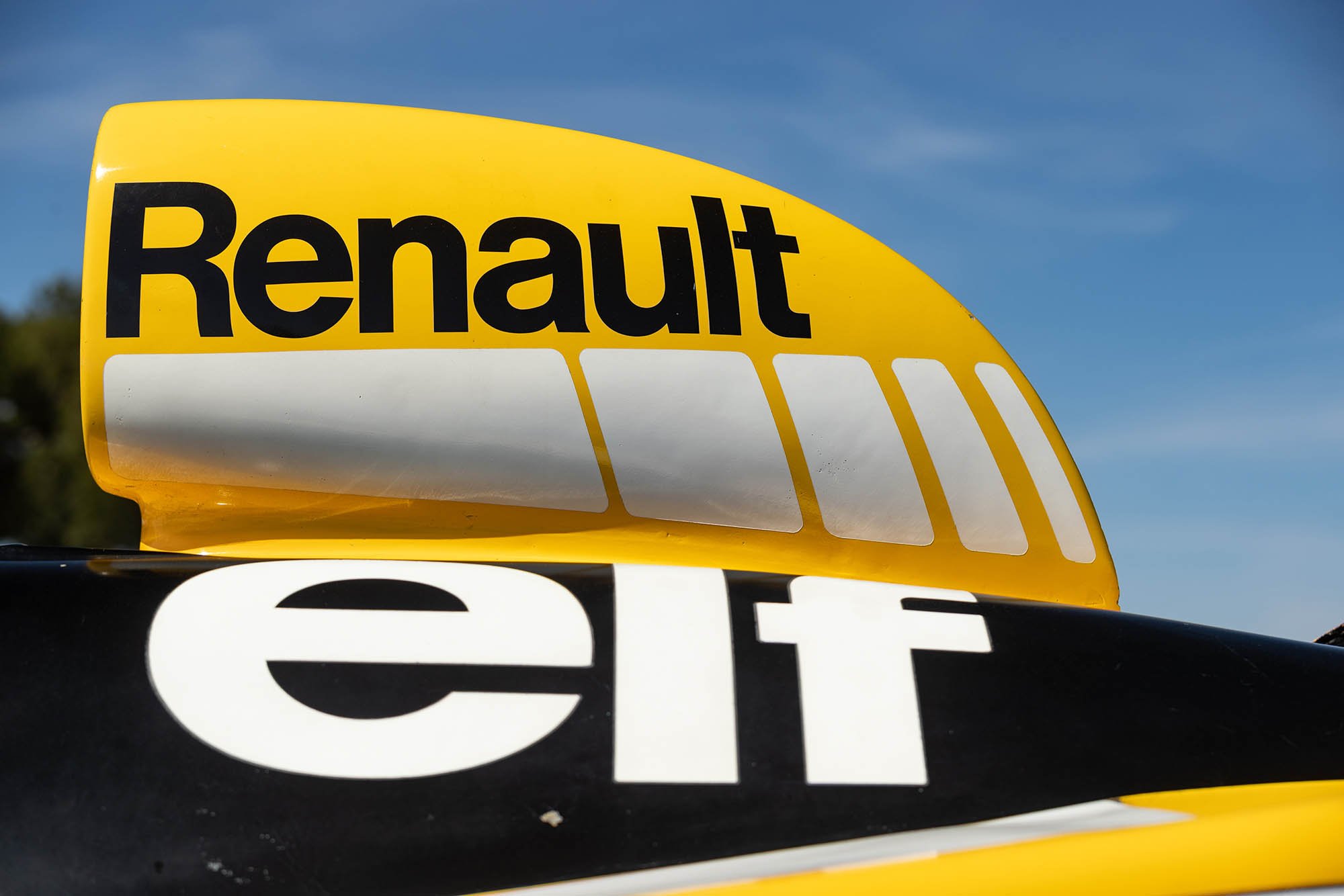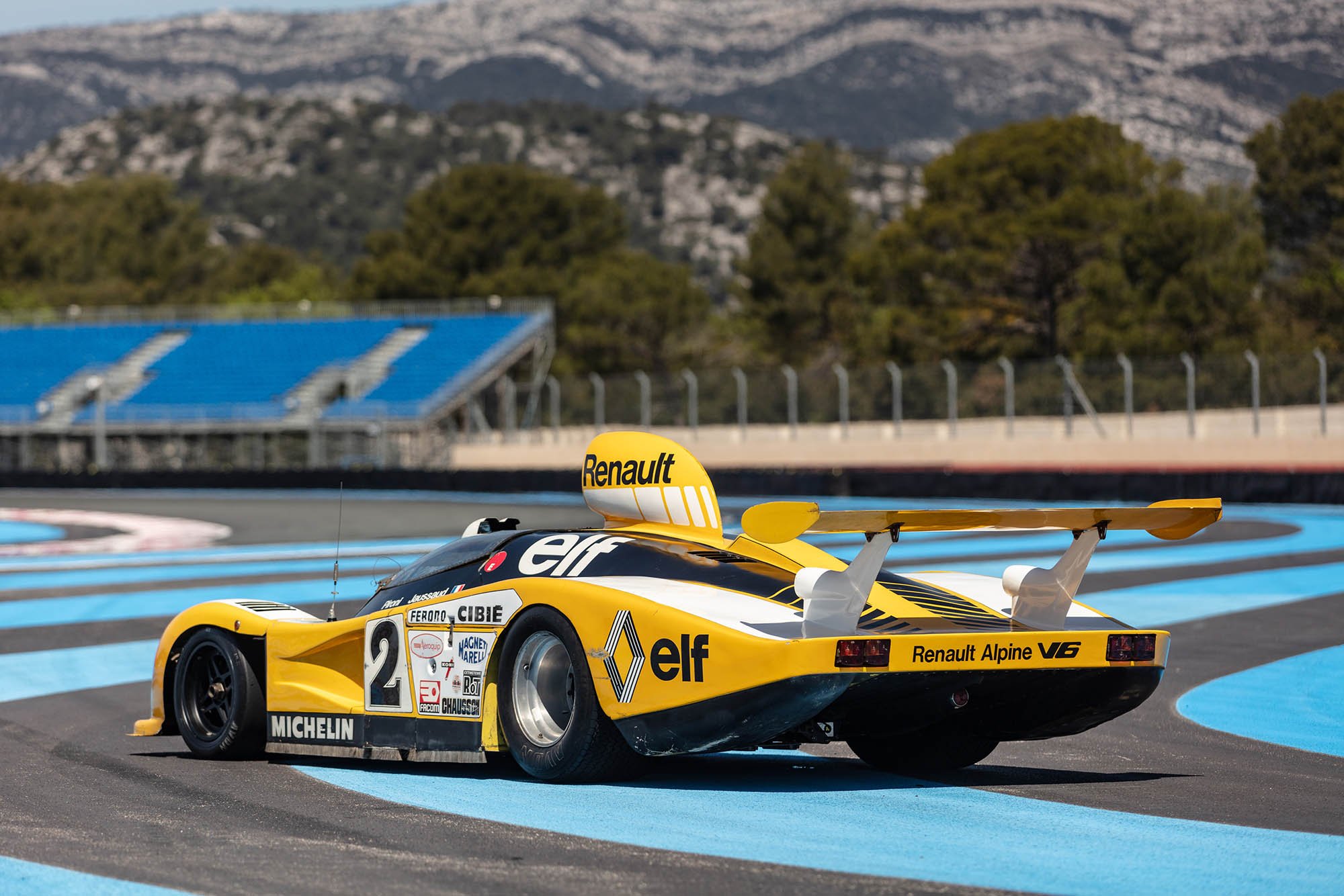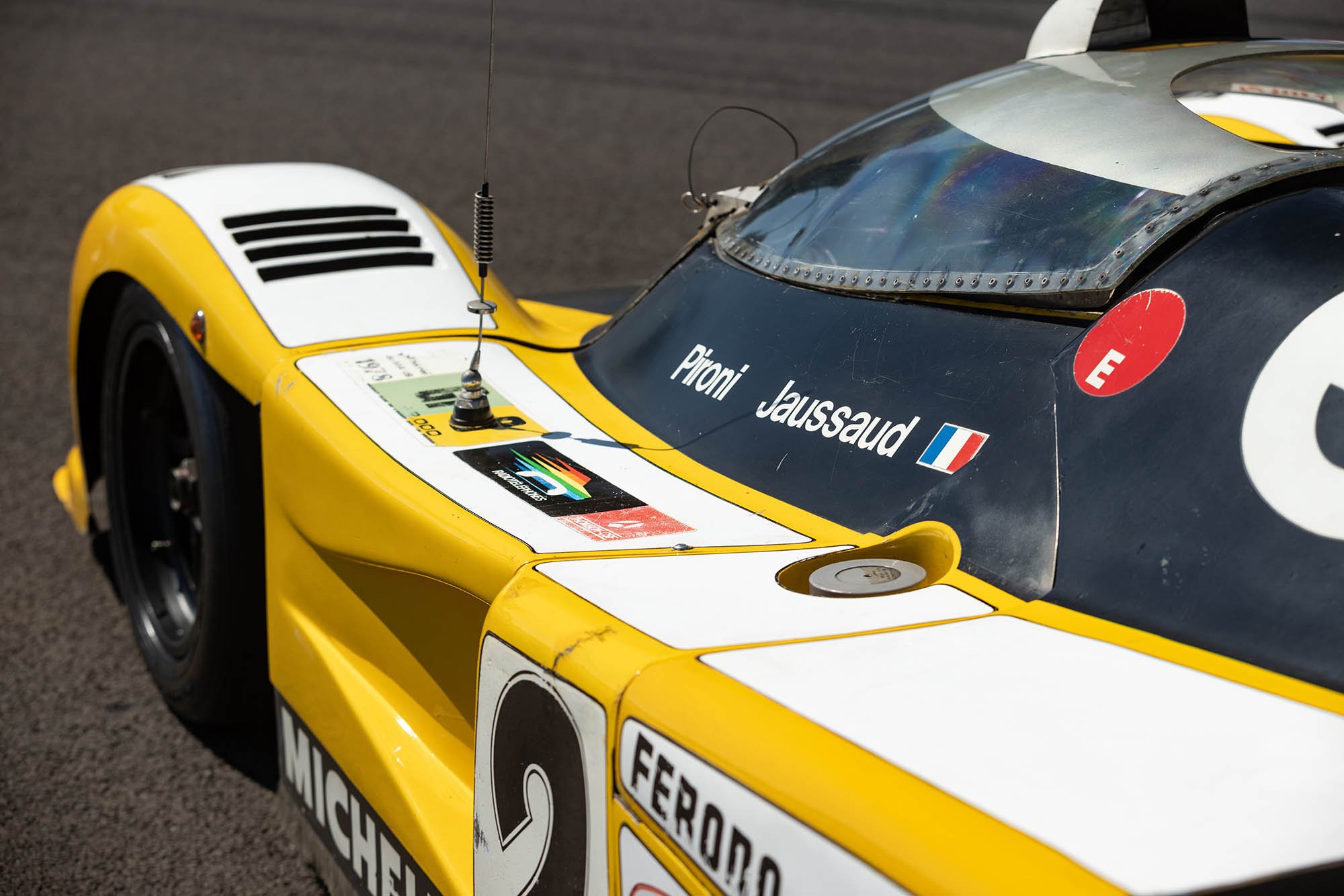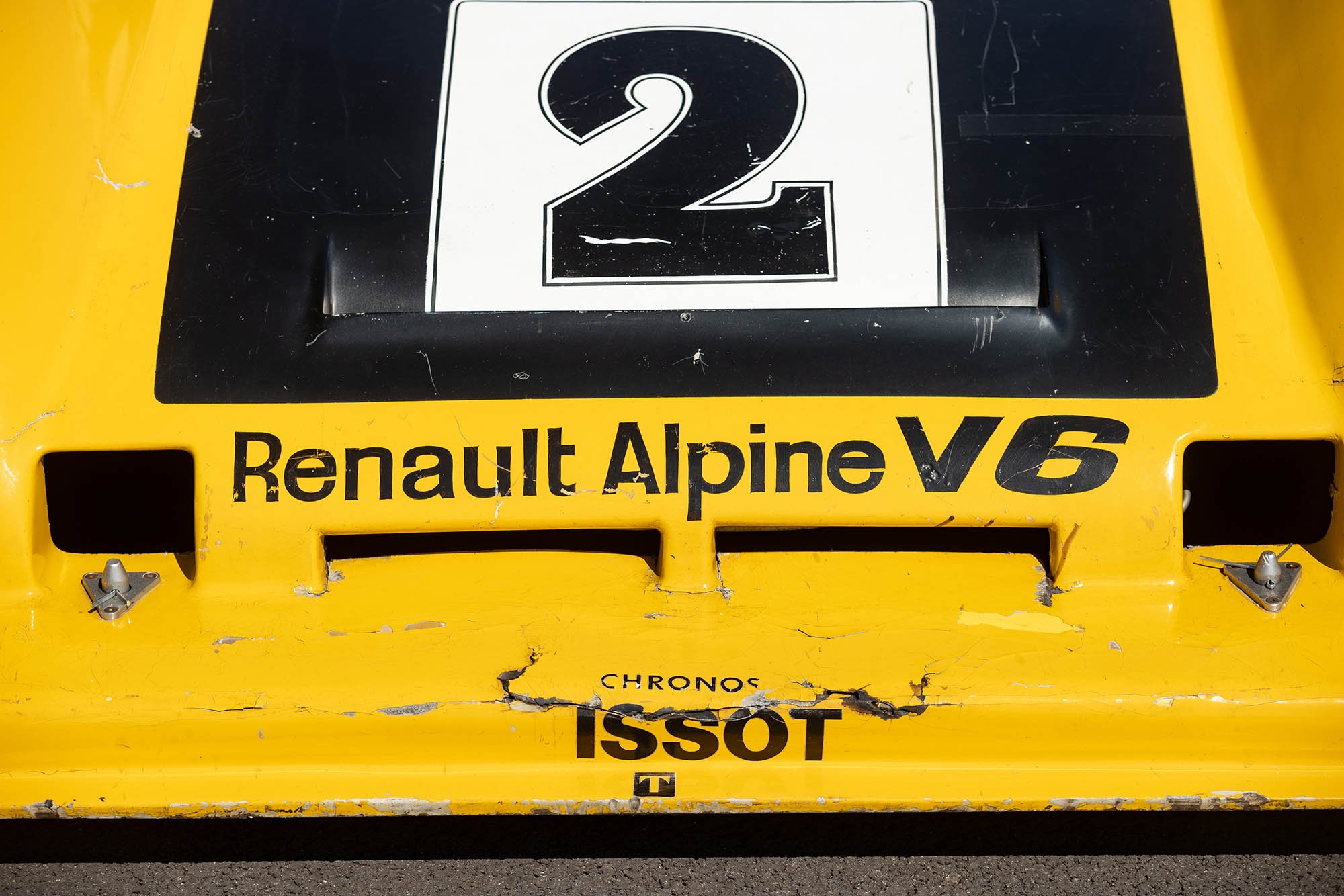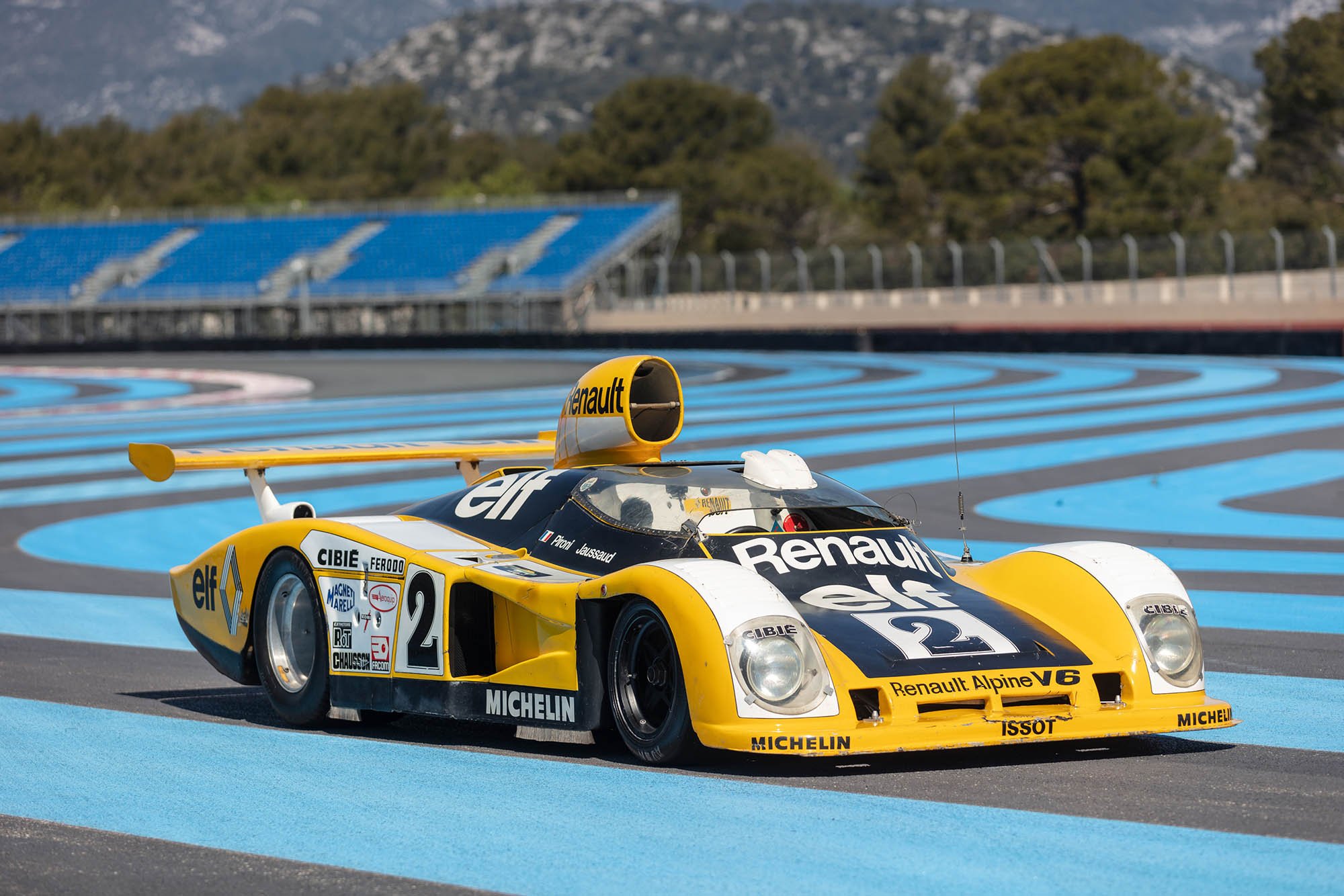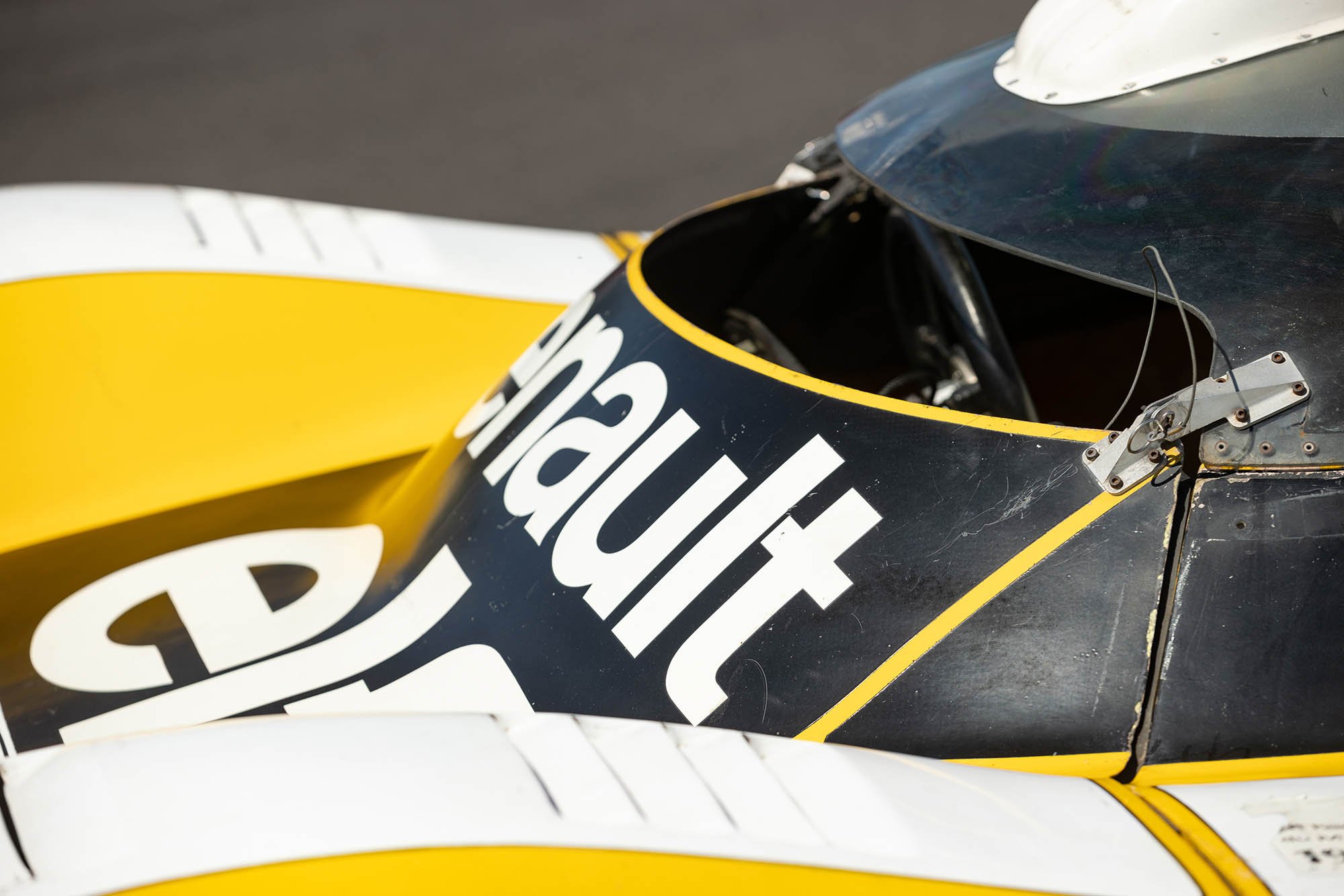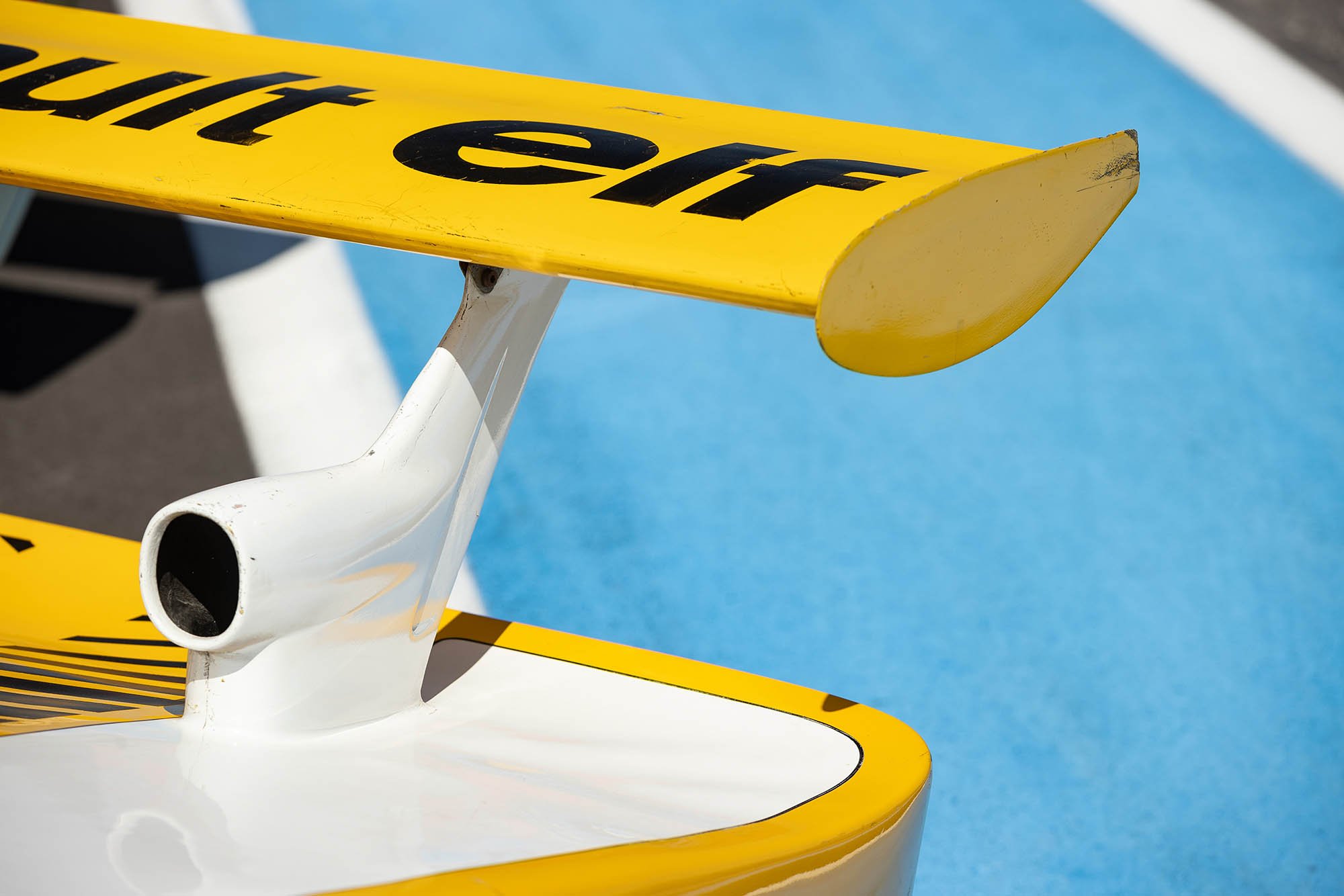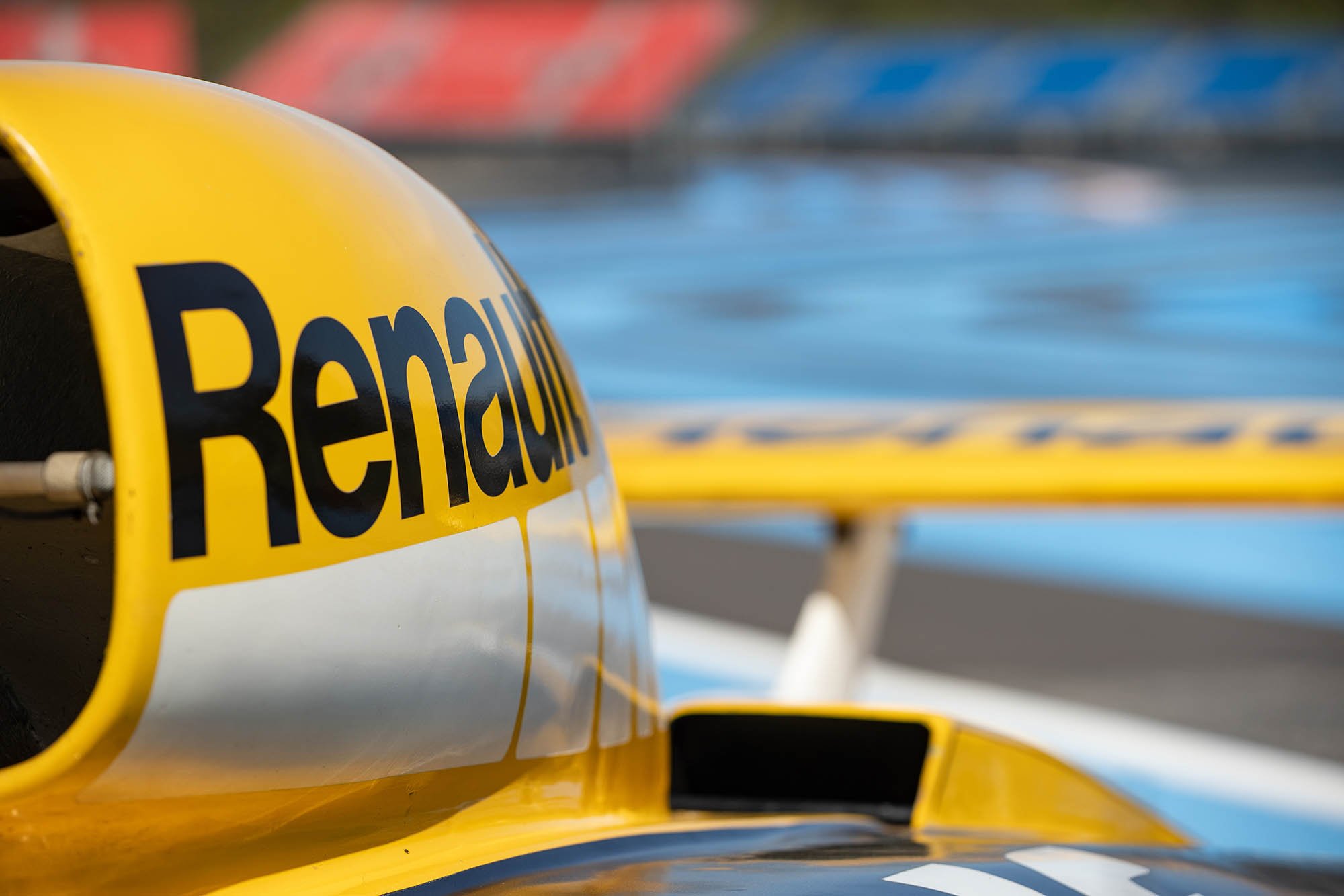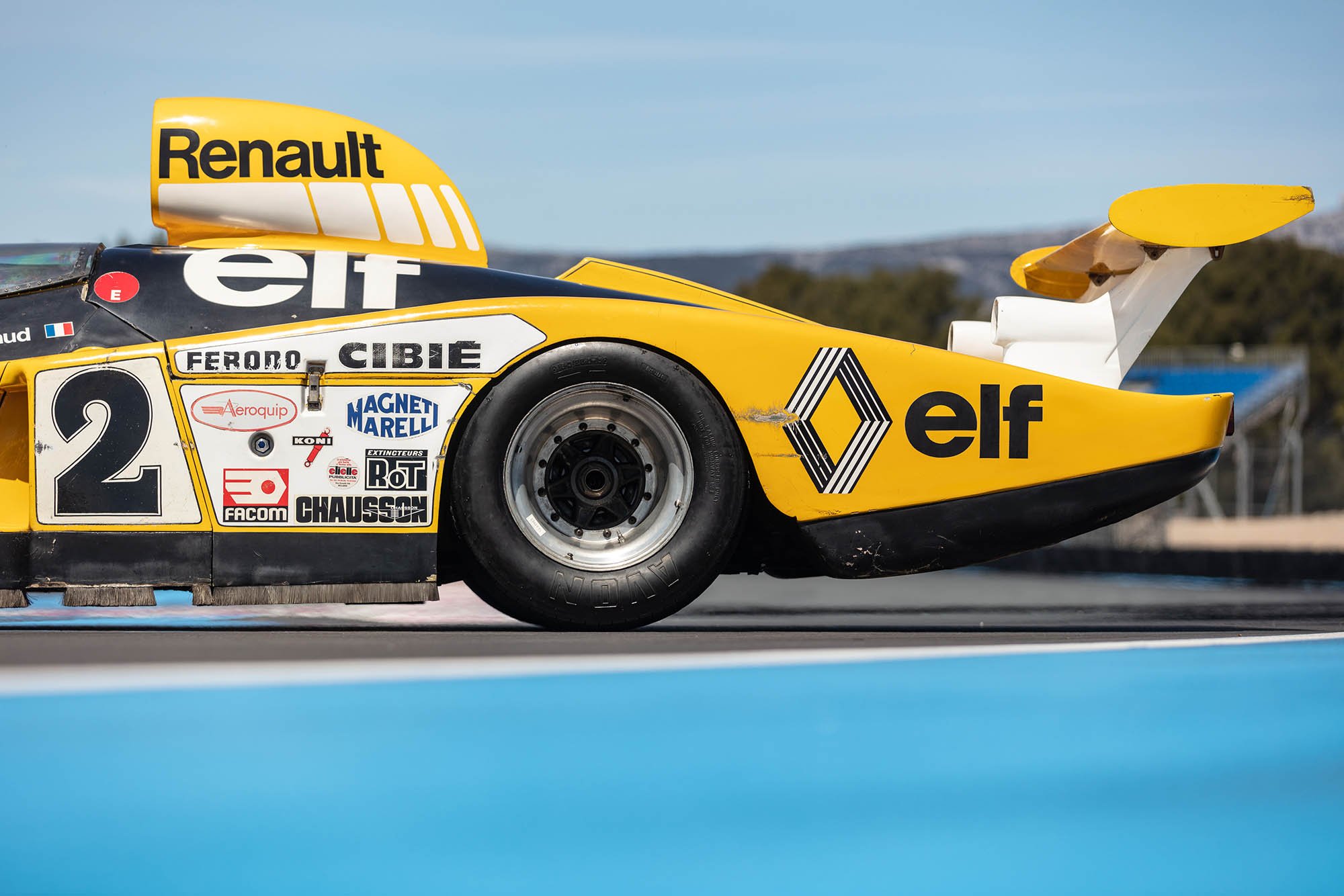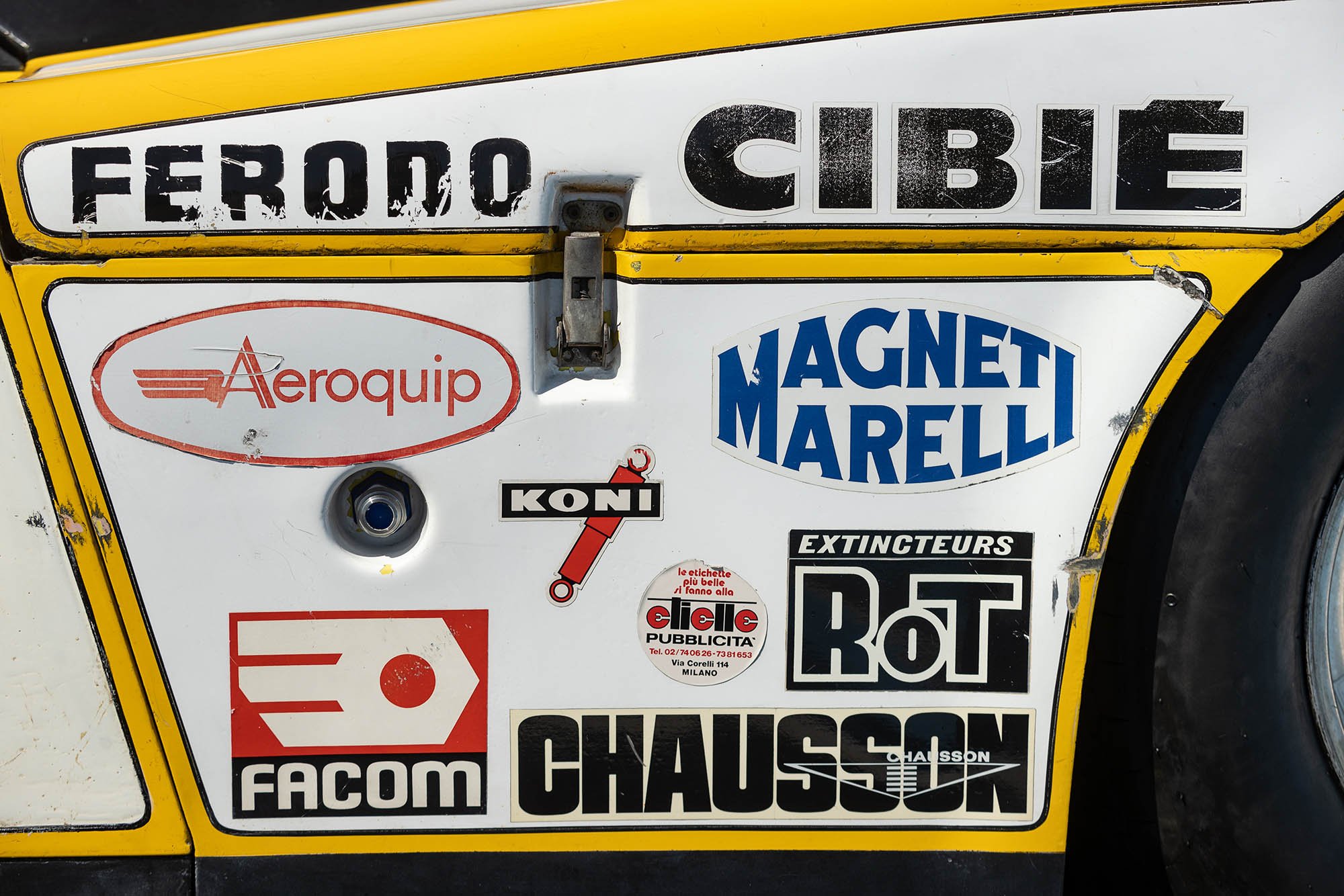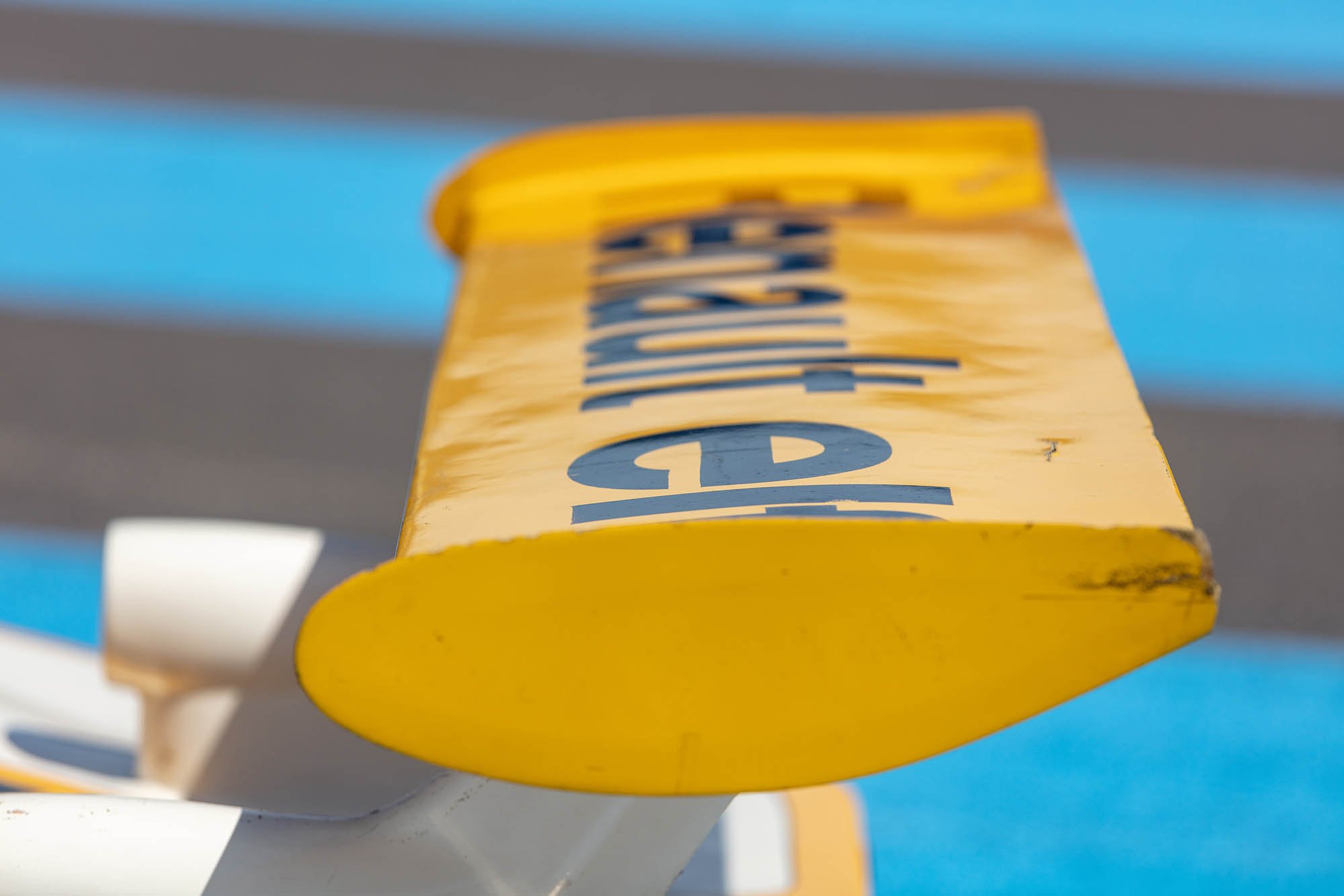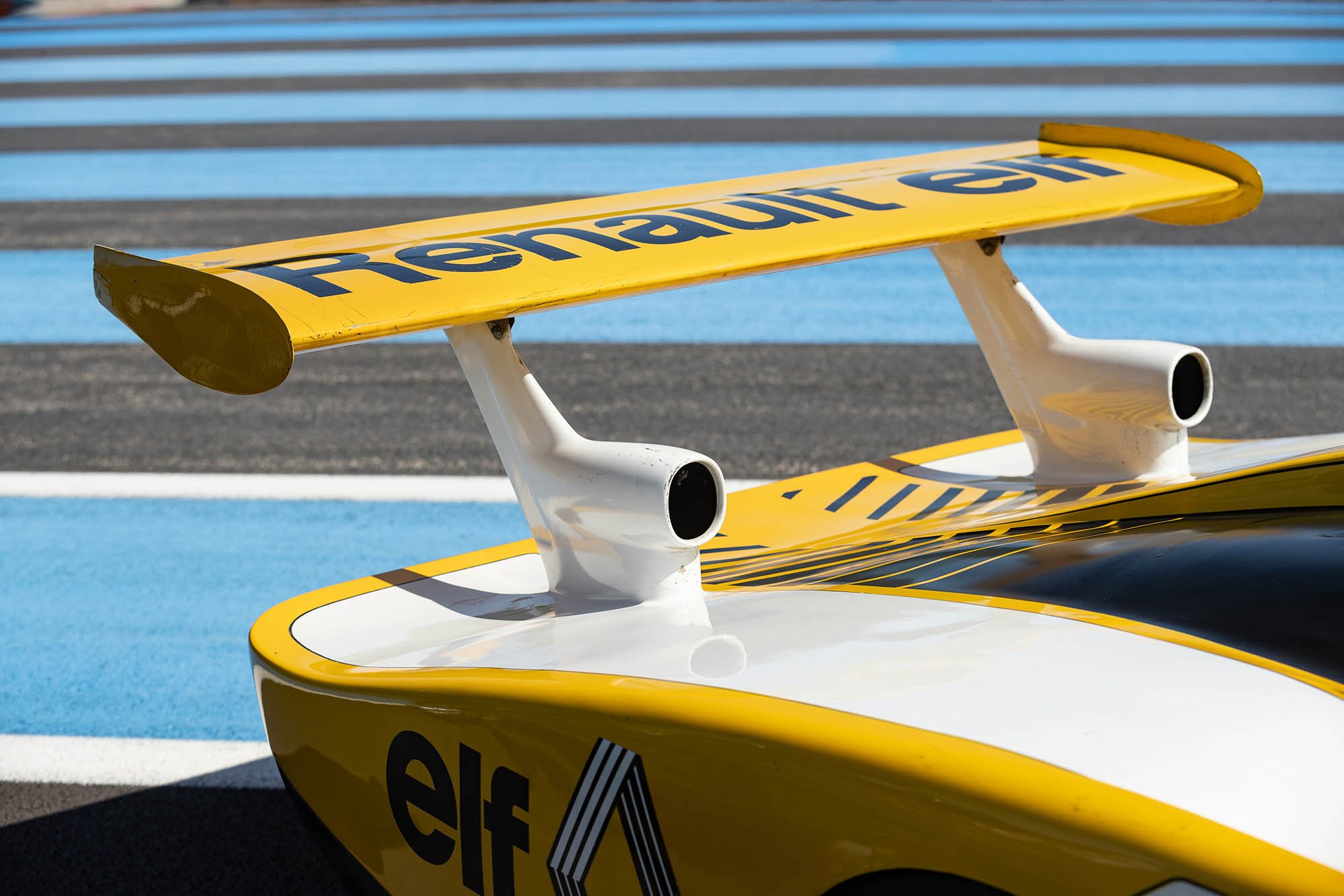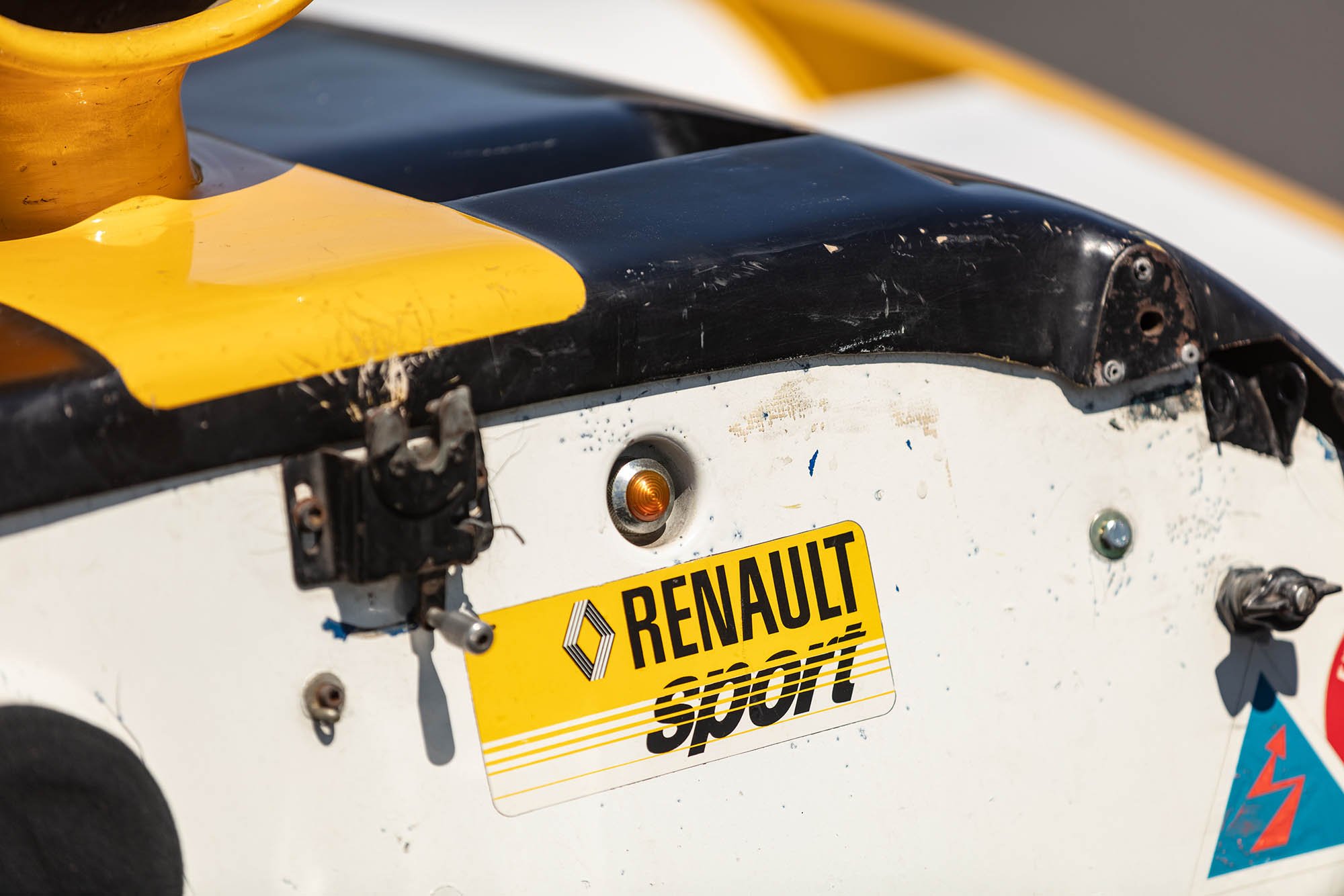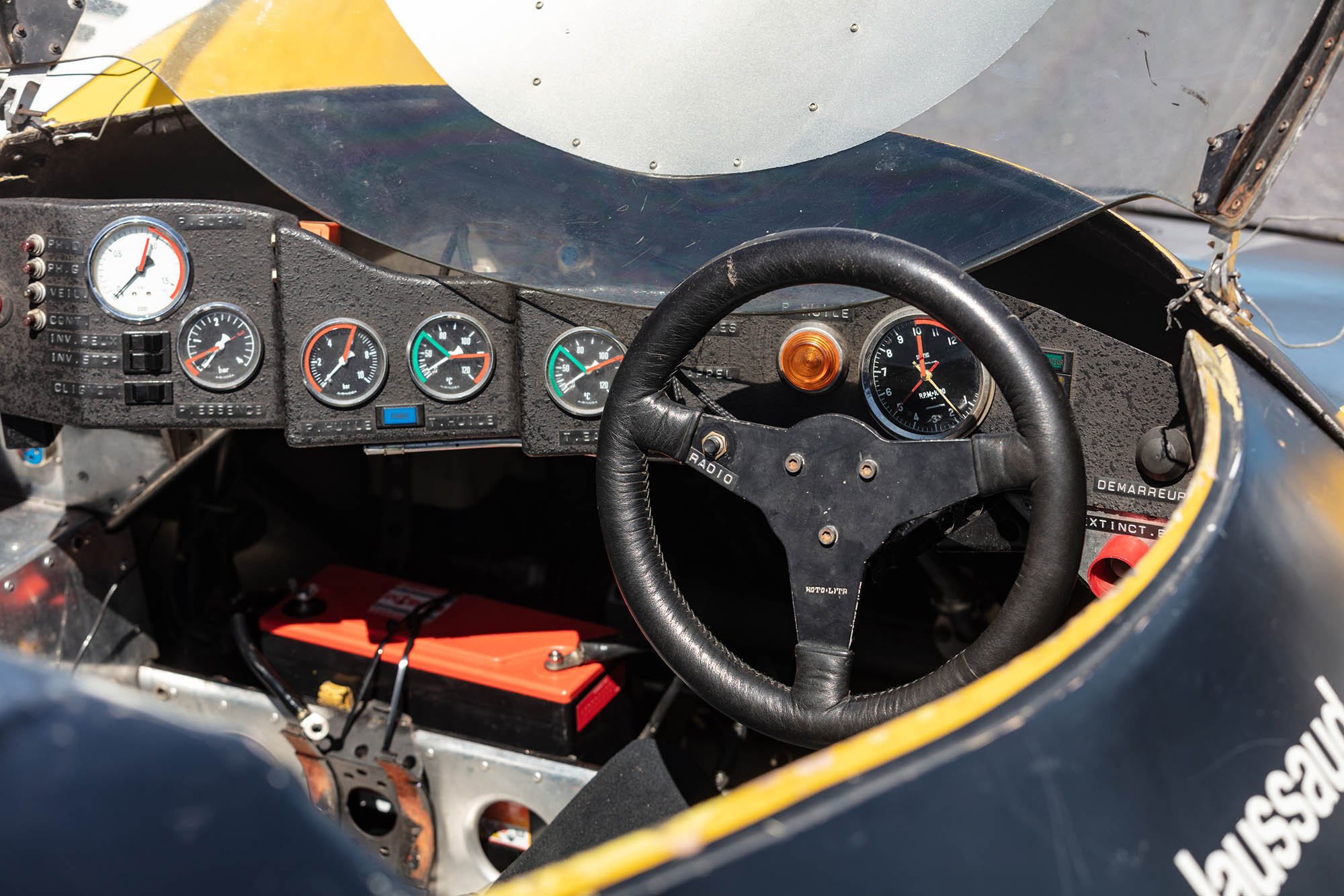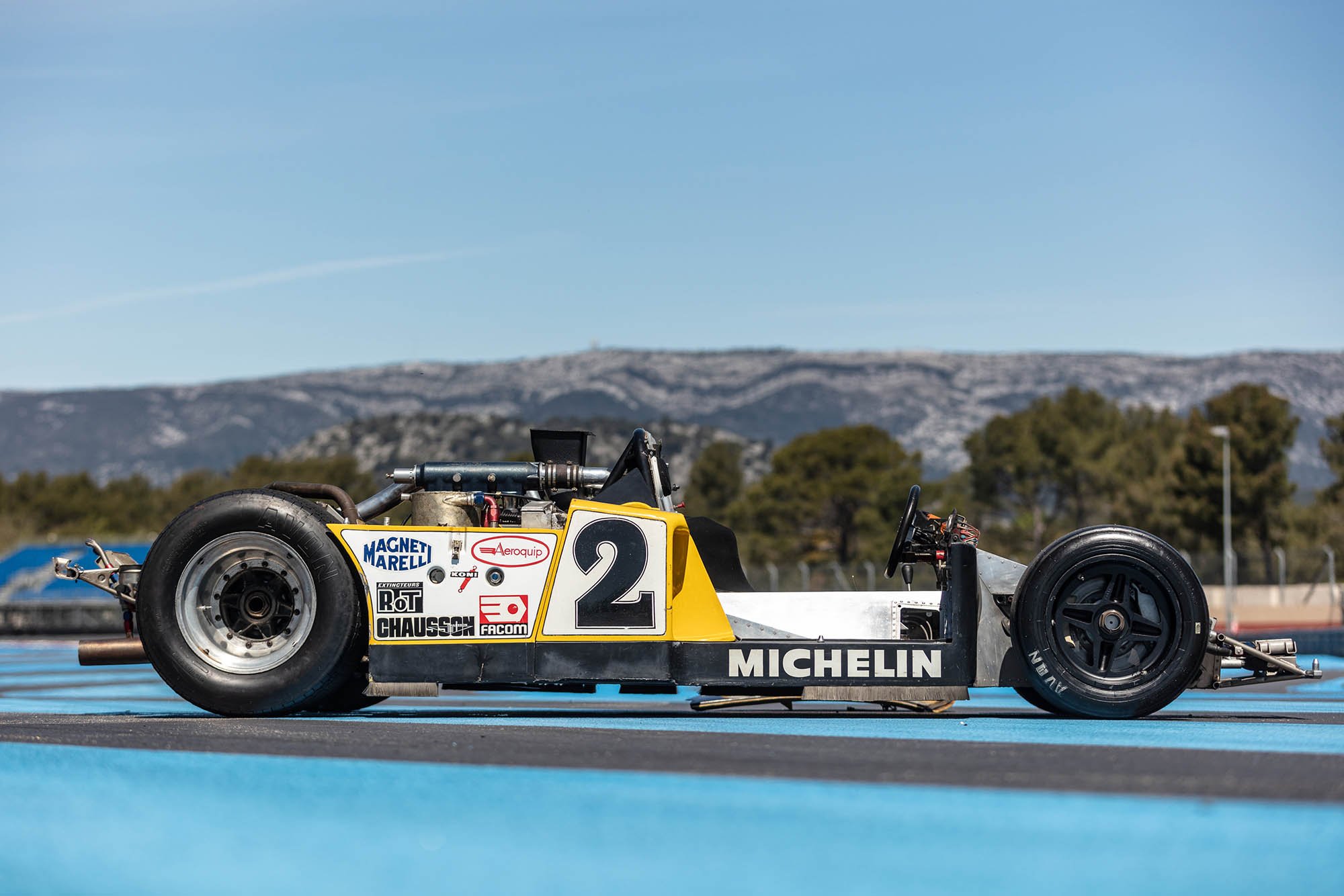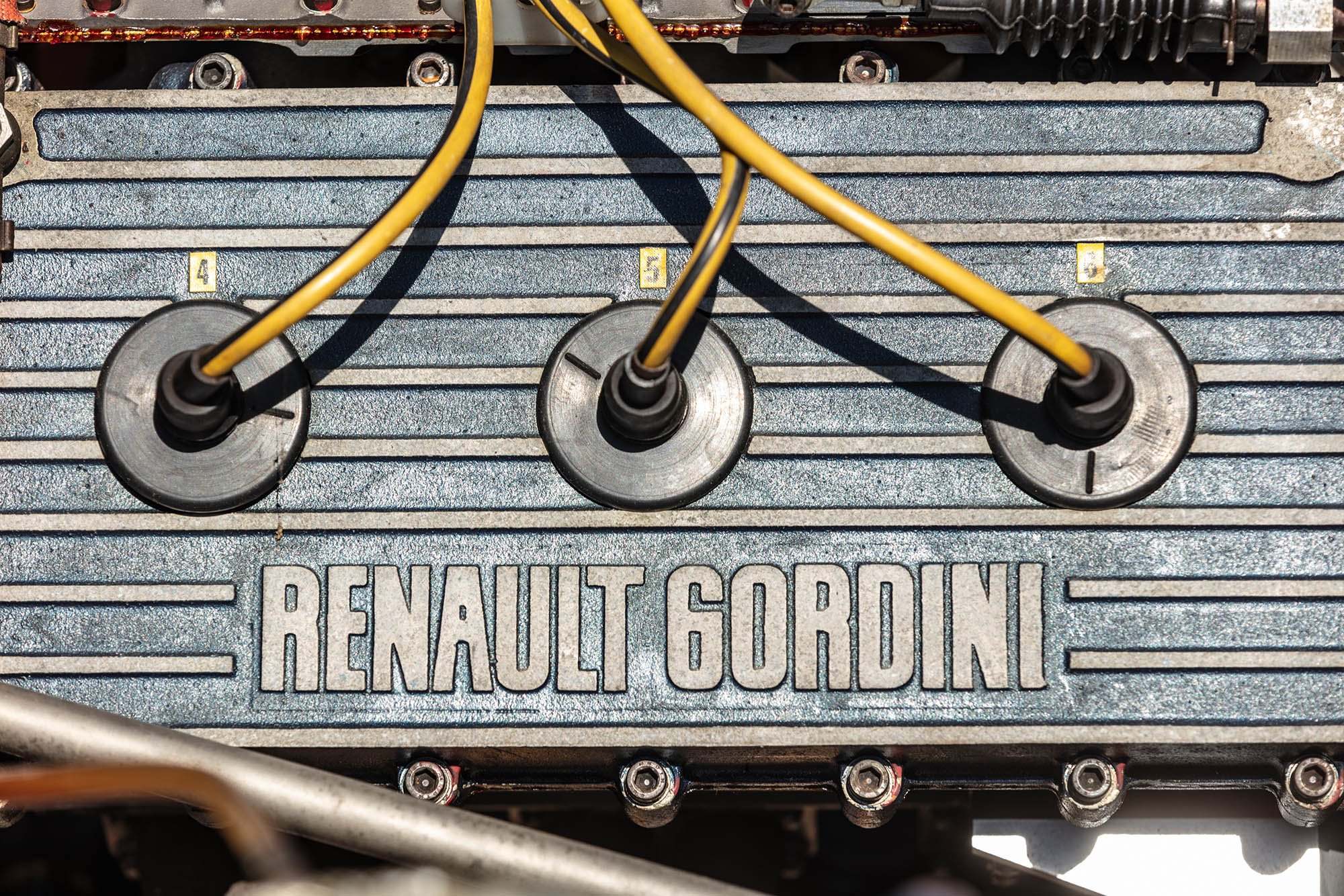Renault’s Le Mans victor
Conceived as the successor to the Alpine A440 and A441, both prolific podium mainstays of European endurance racing in the 1970s, the A442 is one of the first to wear the Renault-Alpine badge following the merger between Renault, Alpine and the tuning firm, Gordini. The A442 was the first vehicle that the newly formed outfit would field on the racetrack and like its Alpine predecessors, the race car is powered by the Renault-Gordini V6 2.0-litre engine. However, what would differentiate the A442 from previous models is the Garrett turbocharger that almost doubled its power output from 270 brake horsepower to a breath-taking 490 brake horsepower. Just four examples were built.
The car featured here made its first race appearance in April 1976, driven by Henri Pescarolo and Jean-Pierre Jarier at the 4 Hours of Monza. It qualified 3rd and achieved an impressive 2nd place overall finish. The following month, it was raced by Scheckter and Pescarolo at the Imola 500 kilometres, a race it wouldn’t finish. During June, it is believed to have made its first appearance at Le Mans, used in practice sessions. Later that month, it raced in the Coppa Florio driven by Jacques Laffite and Patrick Depailler. The car achieved pole position in qualifying but unfortunately did not finish the race. Two months later, it raced in the World Sports Car Championship at Mosport, Canada. Driven by Patrick Depailler the car qualified 4th and would eventually finish the race in the same position. Next it was raced in the Dijon 500 Kilometres held at the Circuit des Dijon-Prenois. For this race the car was again piloted by Jacques Laffite and Patrick Depailler. The car qualified 1st and would finish the race in 2nd place.
All four A442s were fielded by Renault-Alpine in the 1977 24 Hours of Le Mans. This car raced under the number 8 and in the famous Renault/Elf livery. Team drivers for the race were Jacques Laffite and Patrick Depailler. It qualified second, behind only number 9, the A442 driven by Jean-Pierre Jabouille and Derek Bell. Unfortunately, none of the A442s would finish the race, each retiring early due to engine problems. This one, chassis 4422 was the last to retire, completing 289 laps.
For the 1978 Le Mans, Renault-Sport would return. Car number 3 was driven by Derek Bell and Jean-Pierre Jarier, it qualified 6th and would unfortunately not finish, completing 162 laps before retiring due to gearbox problems. Car number 1 was driven by Jean-Pierre Jabouille and Patrick Depailler, qualified 2nd and would manage 279 laps before retiring due to mechanical failure. Car number 4, driven by Jean Ragnotti, Guy Frequelin, Jose Dolhem, and Jean-Pierre Jabouille, qualified 8th and would finish the race 4th having completed 359 laps. Car number 2 was piloted by Didier Pironi and Jean-Pierre Jaussaud. They would start the race in 5th and go on to secure Renault’s first overall victory at the famed 24-hour race. Their 370 completed laps were five more than the 2nd-place Martini Porsche 936 driven by Bob Wollek, Jurgen Barth, and Jacky Ickx. This historic result marked what would be the first and only Le Mans victory for Renault to date. With the renowned French marque winning the most prestigious race in motorsport, celebrations ensued across the country, highlighted by a parade in which the winning number 2 car was driven down the Champs-Élysées in Paris.
This historic 1976 Renault-Alpine A442 is available at RM Sotheby’s upcoming Guikas Collection auction held on 19 November 2021. Photos: Peter Singhof © Courtesy of RM Sotheby's
